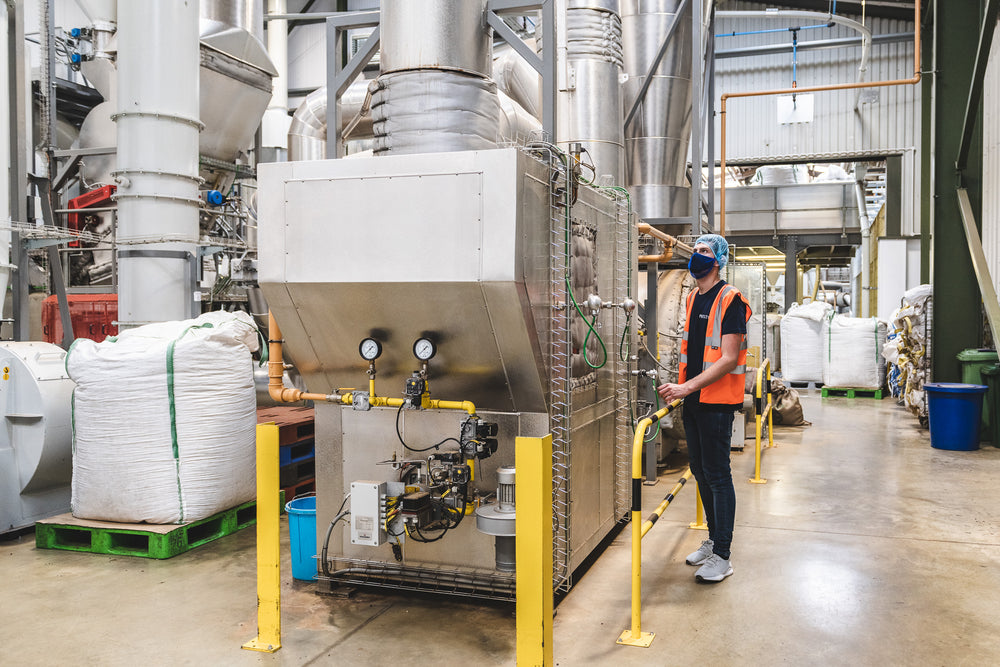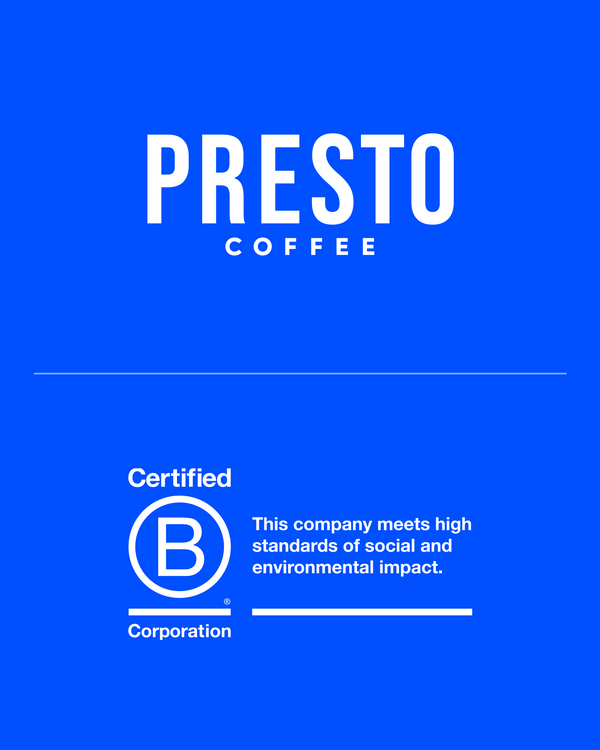Air roasted coffee is the craze from the ’70s that sadly never took on! Until now, that is!
It’s coming back and we at Presto are super excited. Why?
Let’s dive in to find out…
What is air roasted coffee?
Air roasted coffee has actually been around since the ’70s and was invented by a chemical engineer, Mike Siventz.
Siventz wasn’t satisfied with the way coffee was roasted and so he set about trying to work out a way to make it better. What he came up with was air roasting.
Instead of the beans rolling around inside a steel drum to roast they are roasted on a cushion or fluid bed of hot air.
Air coffee fans around the world will be the first to tell you that this method of roasting produces the best tasting coffee – and they’re not wrong!
How air roasting works
Forgive us for a moment while we properly geek out over this roasting method because it really is incredibly interesting (at least for us) and exciting!
Air roasting Whole Bean Coffee is an impressive process that involves floating the beans on top of hot air.
The hot air pushes the beans around the roasting chamber in a continuous motion. The natural fall and tumble of the beans through the air is what provides such an even and constant roast.
As the beans roast, they will pop and crack, slowly shedding the chaff or the outer husk of the bean. The chaff is blown away and gathered in a collector chamber. This is what really sets air roasted coffee apart from drum roasted coffee as you will see later.
Once the desired temperature has been reached (in other words the desired roast) then the beans go through a process of cooling. This again helps add to the consistency of the roast.
How is that different to drum roasting?
Apart from the obvious difference of the beans being floated on hot air rather than turned in a drum, there is little difference between the processes. There are, however, a few fundamental differences:
- Sustainability
Thanks to a recirculatory system, instead of the heat energy created to roast the beans being kicked out into the atmosphere, it’s reused to pre-heat our green beans. Rather than heating and cooling in one chamber as per drum roasting, we use two - so the heating chamber stays hot and the cooling chamber stays, well, cool! This process cuts CO2 emissions from roasting by an enormous 25%.
- Turning the beans
As we’ve mentioned above when air roasting the beans are turned continuously through the natural fall and lift from the moving hot air.
Drum roasters on the other hand use a mechanical arm to stir the beans inside the drum.
There are two key differences here to note: the first is that using an arm to move the beans is nowhere near as efficient as air in terms of getting heat evenly distributed around the bean. This is why air roasting is far more consistent with their roasts than drum roasting.
The second is that in a drum the beans are heated against the hot metal. This means that parts of the chaff and bean will be scorched while other parts are only lightly roasted. This has a big impact on flavour as well as the quality of the final roast.
- Removing the chaff
The fact that the air roasting process removes the chaff altogether is a huge benefit!
The chaff isn’t separated from the bean in drum roasting and instead stay in there, often burning and smoking within the drum itself. This again has a huge impact on the flavour making it far more bitter.
On top of that, however, it also has the danger of releasing more carcinogens from the smoke and burning which is then absorbed into the beans and the chaff. These carcinogens are not good for our health!
- Roasting time
The third difference is the roasting time. Air roasting is faster than drum roasting. This means that roasters can produce more, with better consistency and efficiency.
Air roasting typically takes between 4 and 8 minutes depending on how dark you want the roast. Drum roasting on the other hand can take over 15 minutes to complete.
- Knowing when the roast is done
The final big difference to highlight is how each process determines when the beans are roasted to the desired degree.
Air roasting is entirely determined by the temperature of the roast. When the beans get up to the desired temperature (which is what controls the level of the roast from light to dark) then they are done and begin the cooling process.
Drum roasting, on the other hand, is all about how the beans look to work out whether they have been roasted just right – the darker the colour the darker the roast.
This is why there is considered to be such an art to drum roasting, but also why you will get a lot more inconsistency between roasts with drum over air.
What are the benefits of air roasted coffee?
But is air roasted coffee actually better for you? Let’s have a look at some of the key benefits:
Sustainability – As mentioned, a whooping 25% of carbon emissions is saved through the air roasting process. This means that all our coffee beans are roasted in the most environmentally friendly way possible.
Taste – The first thing people notice is the taste when trying air roasted coffee for the first time. Its smooth, clean flavours shine through, with no hint whatsoever of the bitterness that can underly a lot of coffees.
More consistency in roasts - You’ll also find that there is far more consistent with the flavour between different bags from the same roast. This is entirely down to the process mentioned above.
Better for you – The removal of the chaff is the biggest factor here. Because you don’t have any scorched chaff which will have some added carcinogens, you get a much cleaner, and far better for you, coffee.
Final Thoughts
Air roasted coffee should be at the top of your list of things to try if you haven’t before.
It’s an exciting advance in coffee roasting that is starting to grow in popularity around the world. While it’s arguably been a long time coming (from the 70’s we’ll remind you!) we’re very excited to see where air roasting goes over the next couple of years. Watch this space!
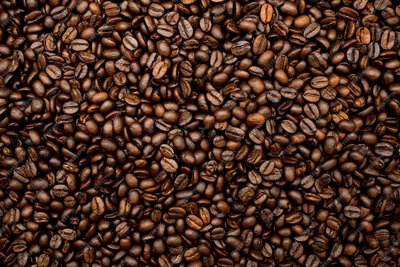
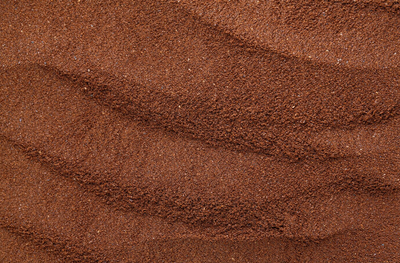
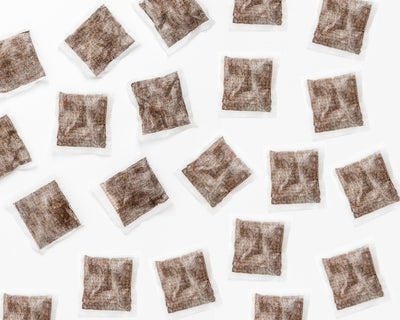
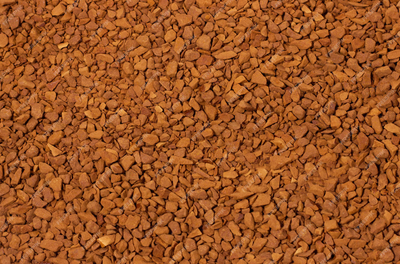


 Log in
Log in